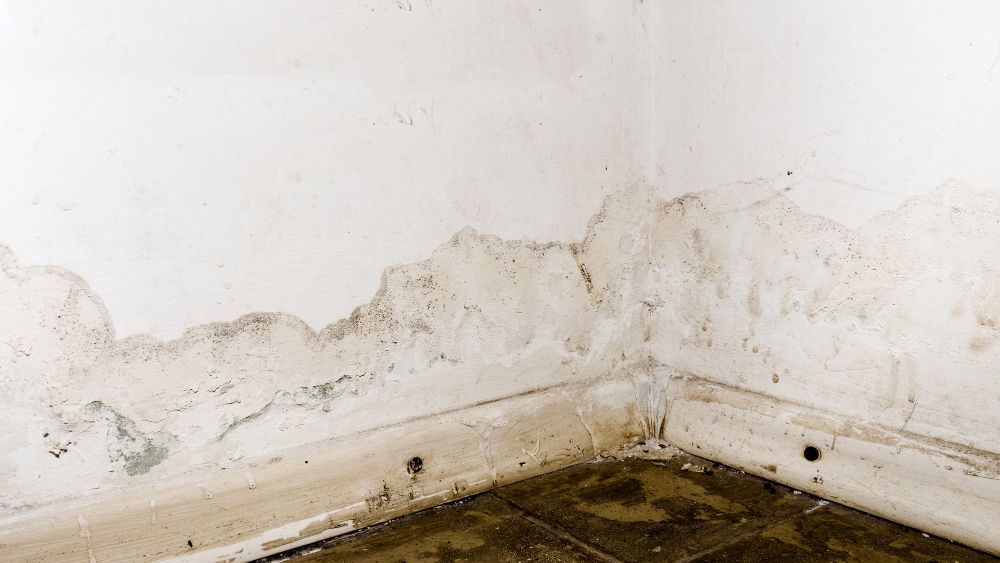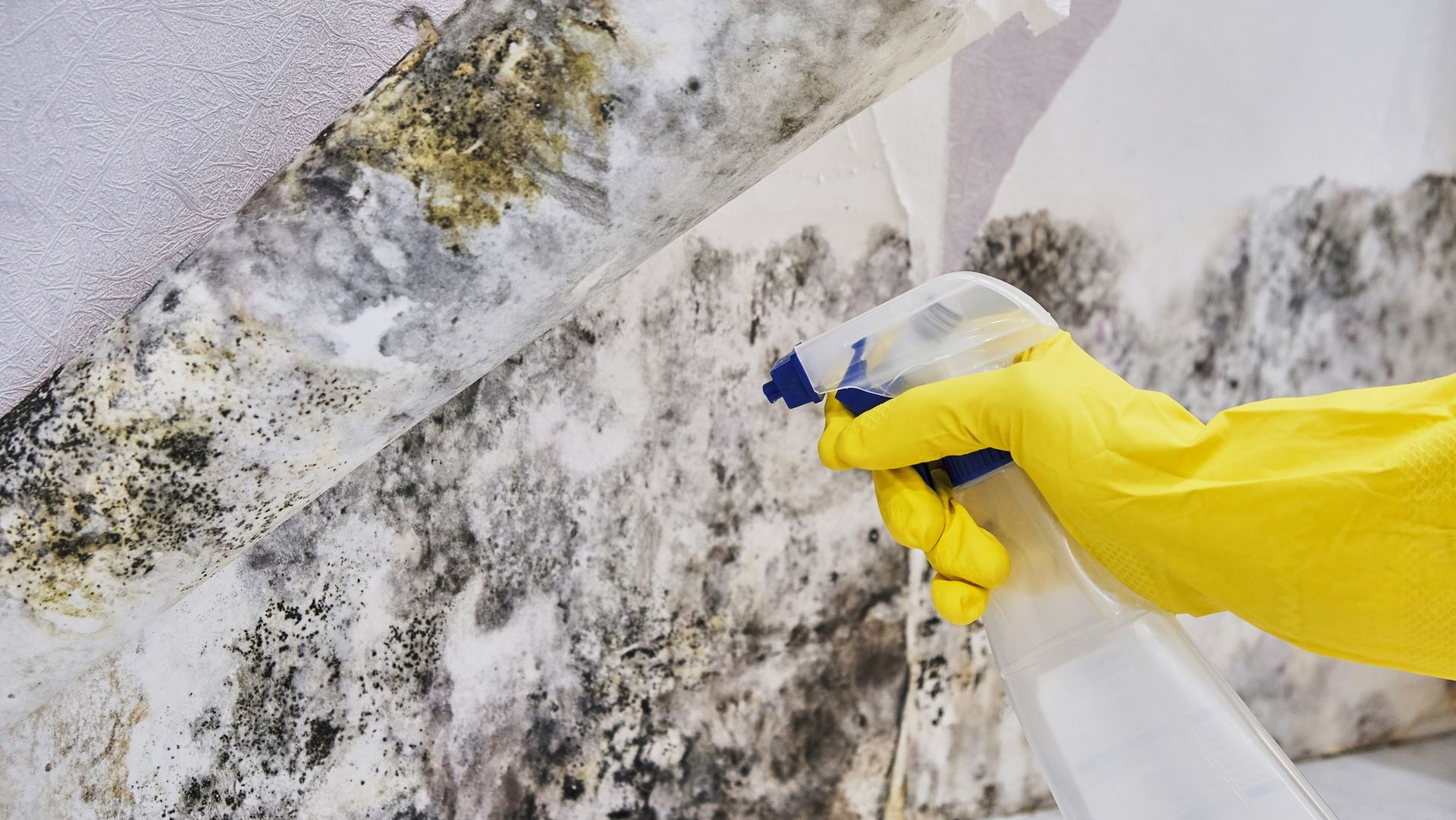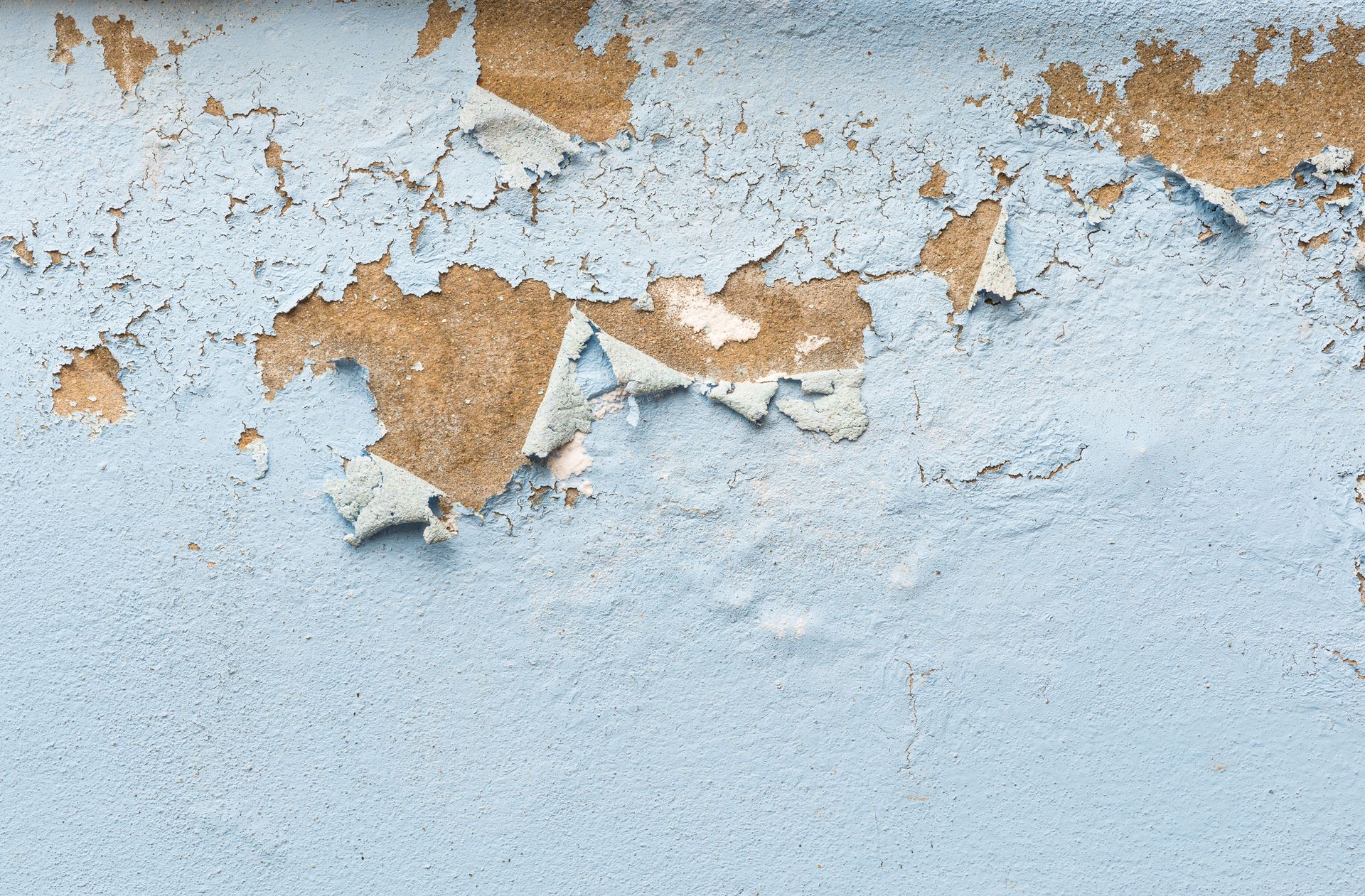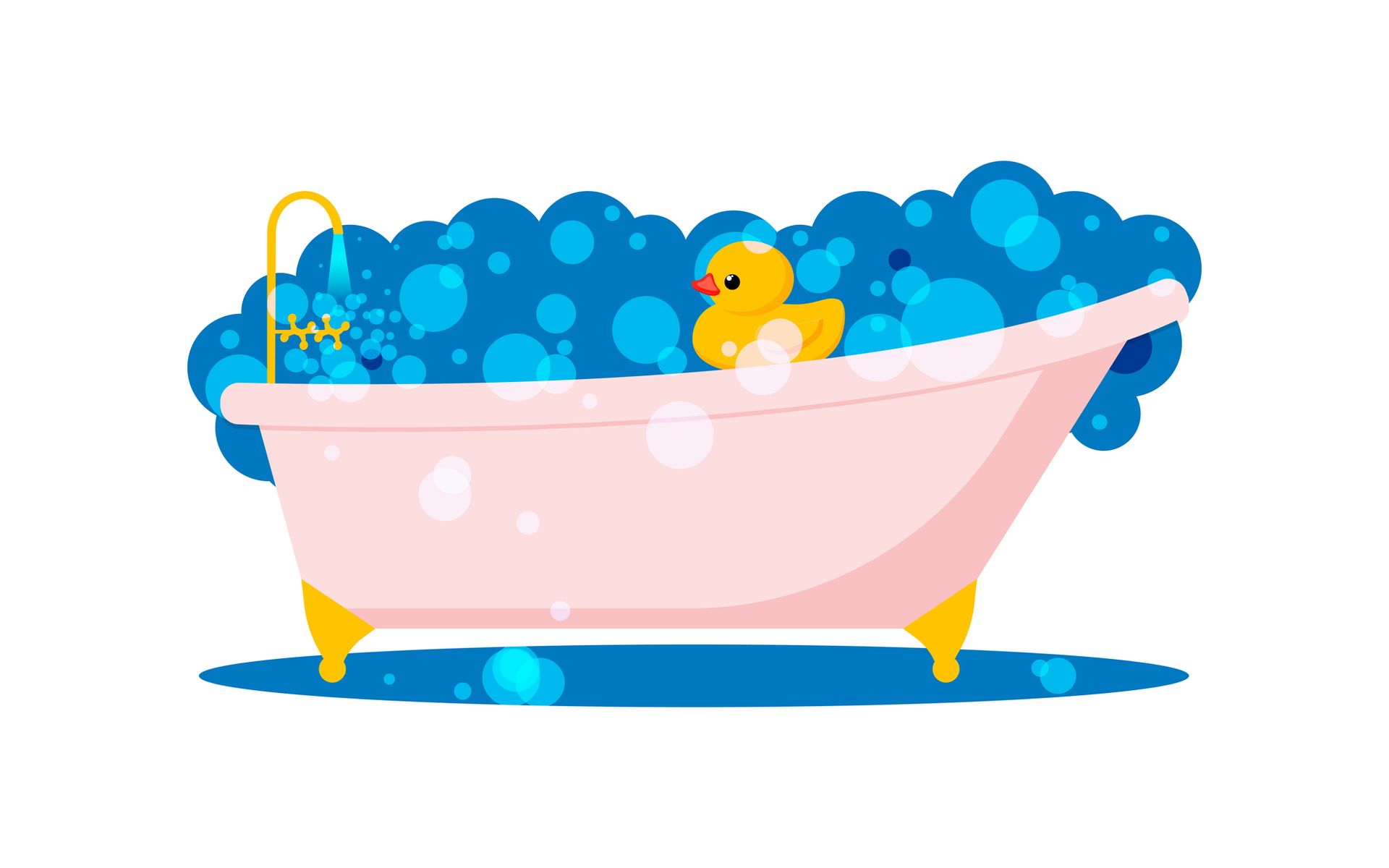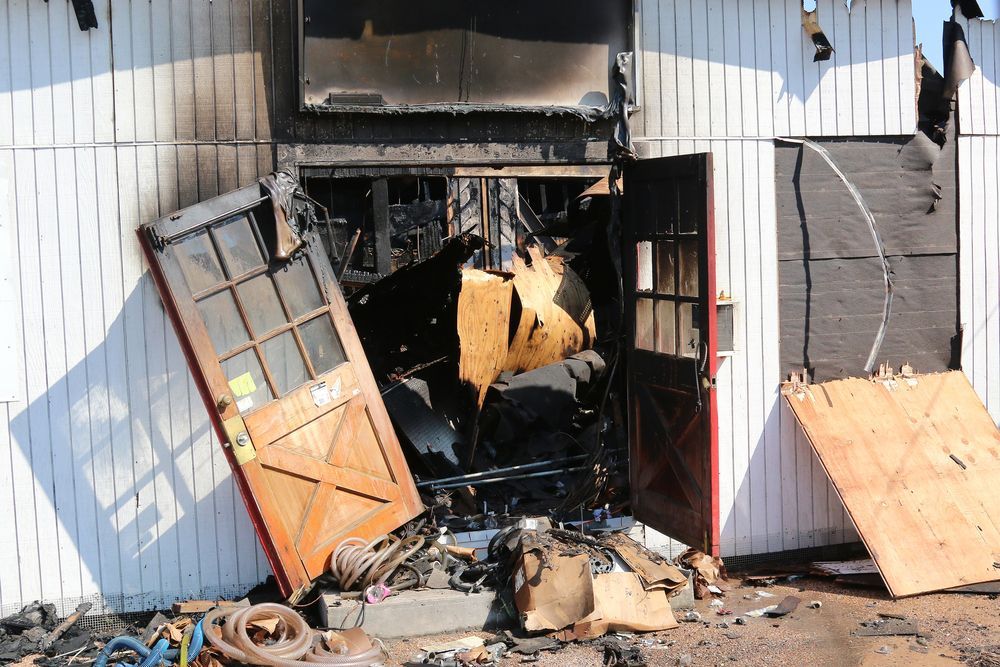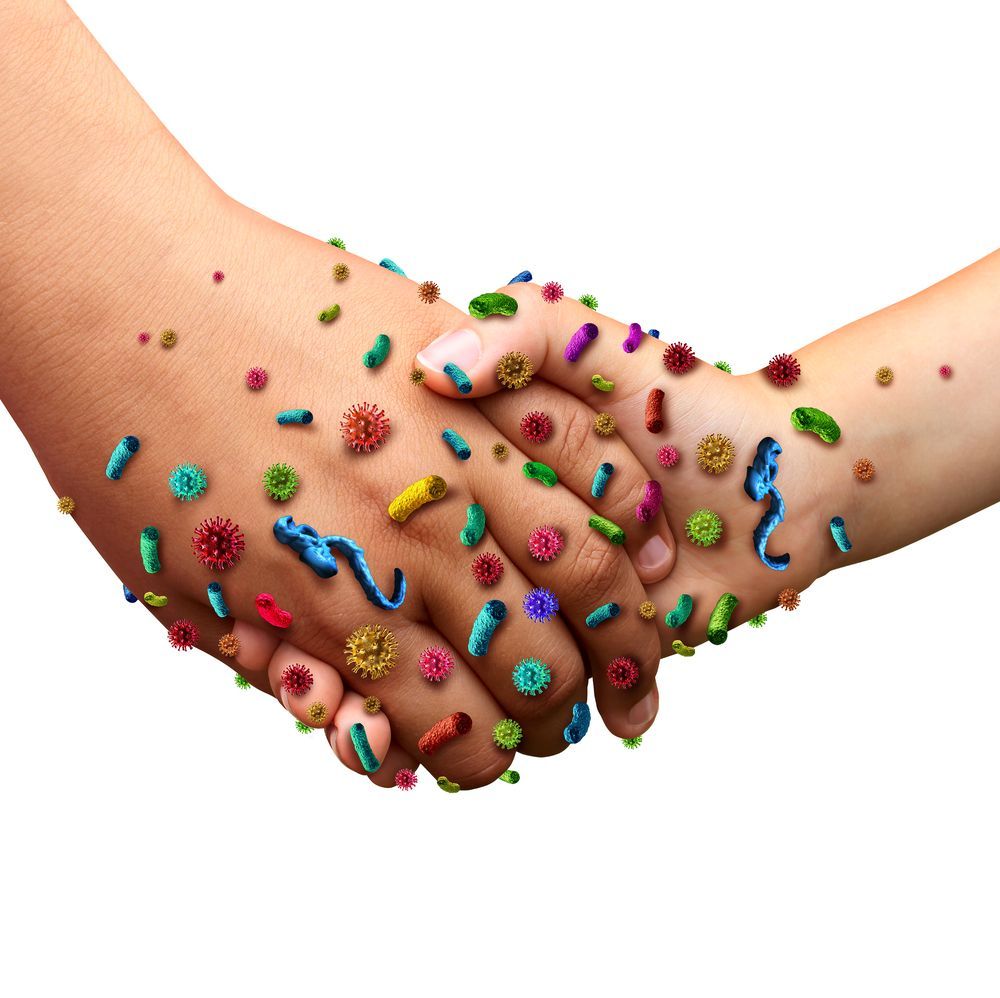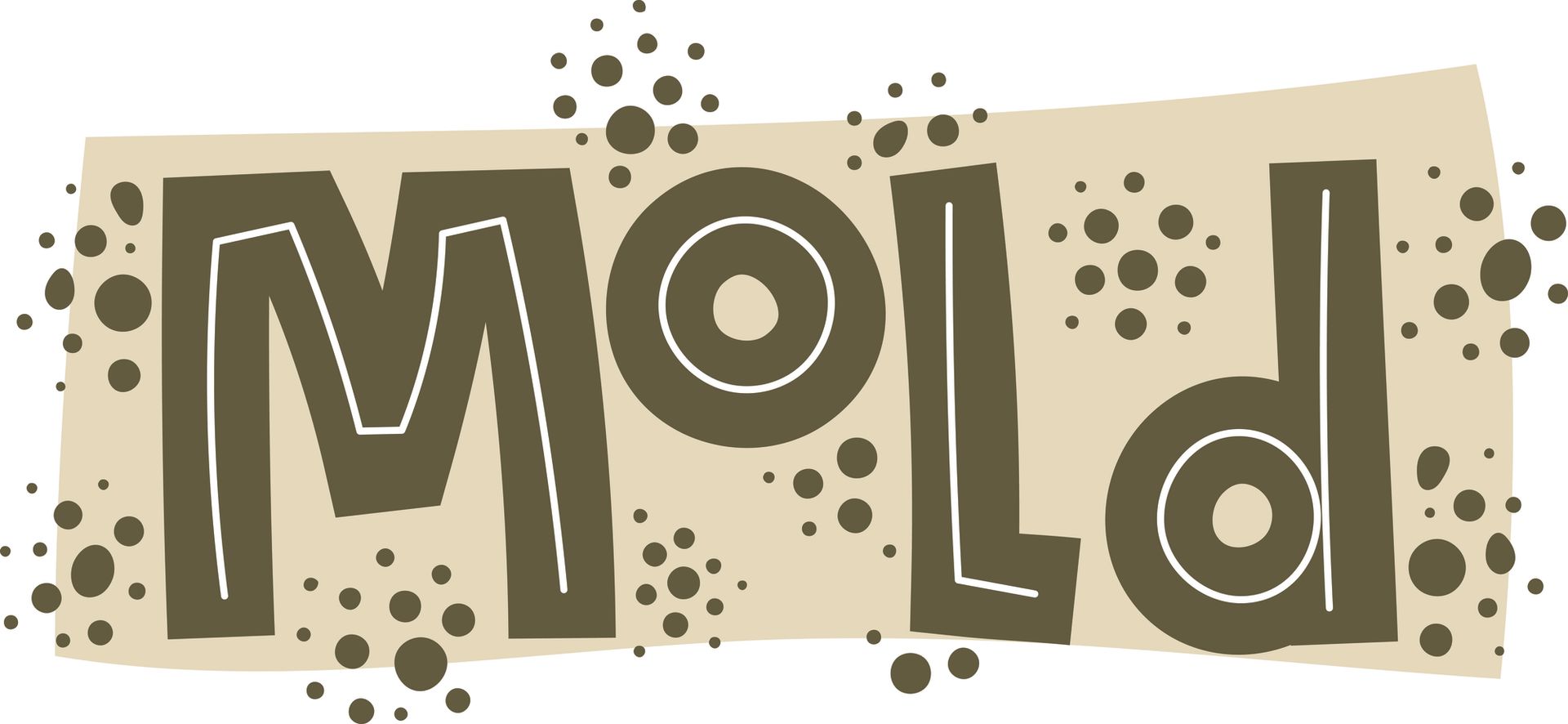Exactly what are mold mites?
Exactly what are mold mites?
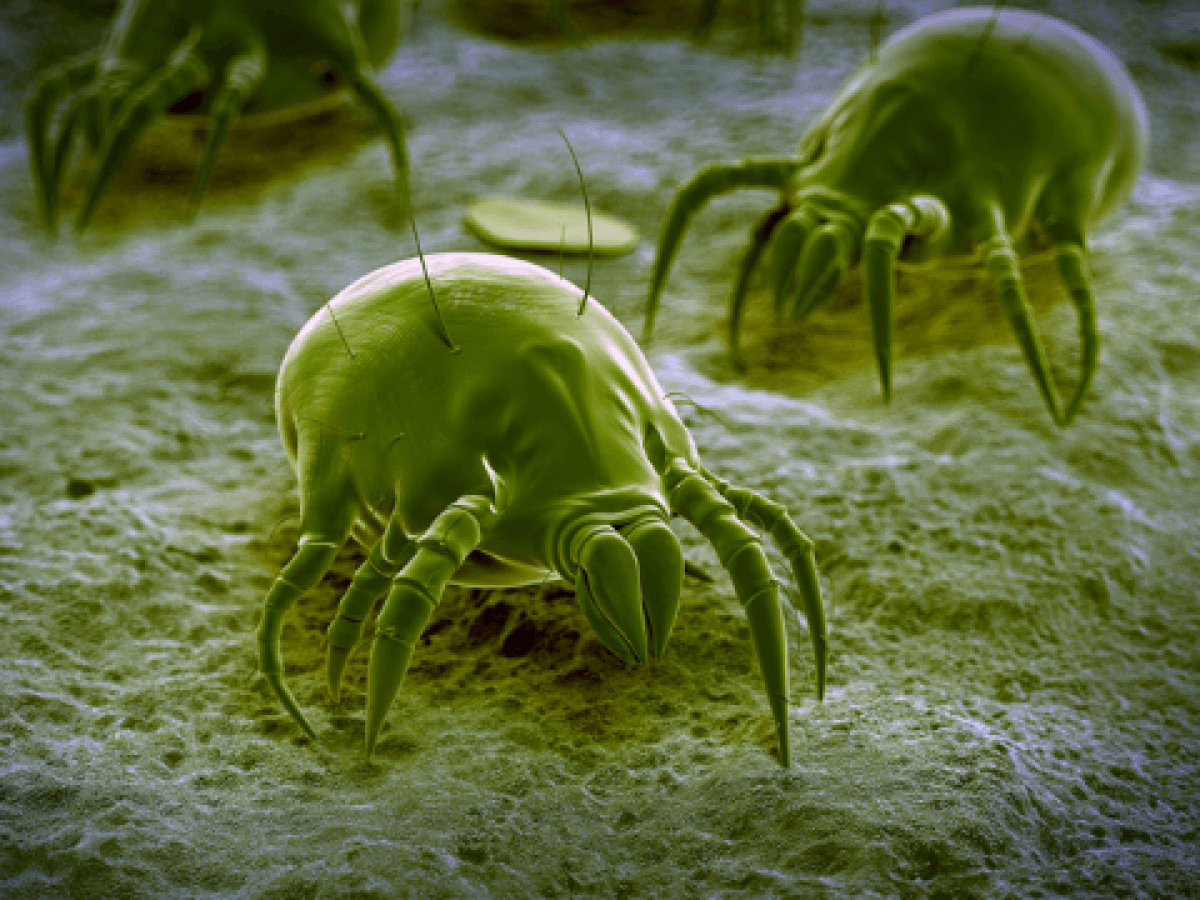
Mold is a common substance that is common knowledge, however, mold mites may not be so familiar. There may be a term or insect you have never heard regarding mold called mold mites.
Mold mites belong to a larger group of species that consume specific materials. Among the many types of mites you can find along with mold mites are cheese mites, dust mites, and bird mites.
What Are Mold Mites?
Tyrophagus putrescentiae is a tiny, hairy insect that feeds on mold, it's their primary food source. Mold Mites are related to various mites, whose names typically reflect the food they consume. Mold outbreaks tend to bring out some hungry tyrophagus putrescentiae mites.
How Do I Spot Mold Mites?
A mold mite is a tiny insect, as we discussed above. A mold mite is so small that it is almost impossible to detect it with the naked eye. If you notice a mold colony in your business or home, you may even notice a mold mite colony. Typically, they are a whitish, tan color. The tyrophagus putrescentiae colony can cause a tan splotch near or on the mold colony.
If you have access to a powerful camera, you might be able to zoom in on the splotch. If the camera is powerful enough, it will reveal an insect with a plump, wingless body that has long, hair-like setae. They have hair-like setae that are more like bristles than hair; these parts of their body are sensory organs. It is common for these parts to break off and become airborne.
Getting Rid of Mites
Mold mites are a lot easier to get rid of than you might think. To get rid of these mites, you must remove their food source. In the case of mold mites, this means removing the mold colonies from your home or business.
Are Mites Dangerous?
An interesting fact is that a tyrophagus putrescentiae is not dangerous to humans. Mold mites do not bite, scratch, or carry diseases that one should be concerned about. A mold outbreak in your home is the biggest concern surrounding mold mites.
Even though mold mites do not bite, they can irritate or cause allergic reactions in some individuals. Tyrophagus putrescentiae sheds its sensory hairs from its body to cause these reactions. Airborne sensory hairs can aggravate allergies and cause respiratory problems.
When Should you Get Help?
It is possible to spot a colony of tyrophagus putrescentiae without seeing visible mold. Because they primarily feed on mold, it doesn't mean they only live near colonies. There can be a tyrophagus putrescentiae colony outside a wall or in a visible area, but the mold colony itself may be hidden.
Contact Restoration1 of LHV if you notice mold in your business or home. You can contact us 24/7 if you need mold removal help!


